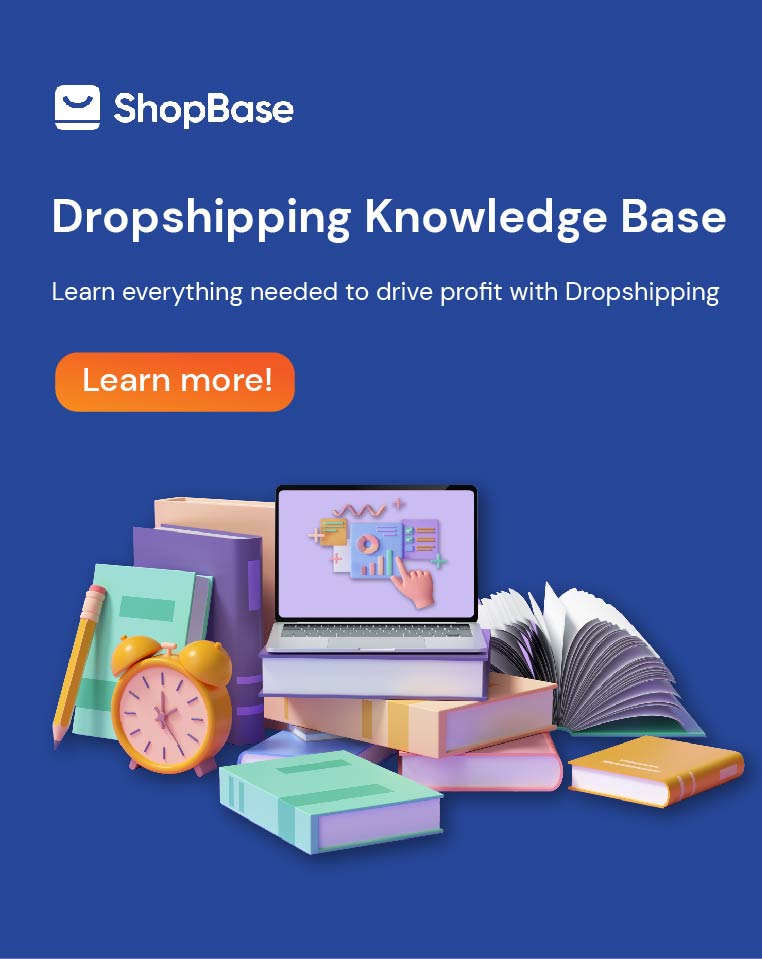Marketers are too invested in creating good first impressions while ignoring the importance of follow-up emails. Then, they will be discouraged by seeing no reply from your customers and feel scared of being annoying. Fear no more, for this is when follow-up email marketing comes in.
When should you send follow-up emails?
It is advisable that a follow-up is sent after receiving zero response for the first email. Follow-ups can also be sent to existing customers after a long period of inactivity to check in or reconnect.
Tips for sending follow-up emails
- Give your customers time to read and respond. Many businesses make the mistake of being impatient and send a follow-up only a few hours after the outreach emails are sent. Doing so will gain no positive result and only turn your emails into spam. Stretched out schedules are a lot less irritating and allow clients to spend time to process.
- Refer to your previous email before getting to the point. Keep in mind that there are hundreds of other competitors out there who probably have your prospects or existing customers’ email addresses. If you can send people emails, they can too. You should always remind readers of your email as they may get several ones already and may not remember what you sent. Make it recognizable.
- Be straightforward. Do not beat around the bush by being ambiguous and have small talks. Customers will have none of those (They have more things to do rather than reading marketing emails). Just state your reason.
- Increase your emails’ value by offering deals. Let them know how you can benefit them. It can be something like coupons, exclusive offers, seasonal deals, etc.
- Last but not least, know when to give up. Sending too many follow-up emails with no outcomes will only waste your time and effort. If they are not interested by the first two or three follow-up emails, chances are they will never be.





